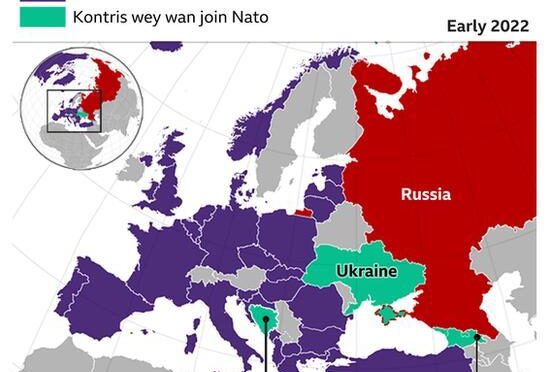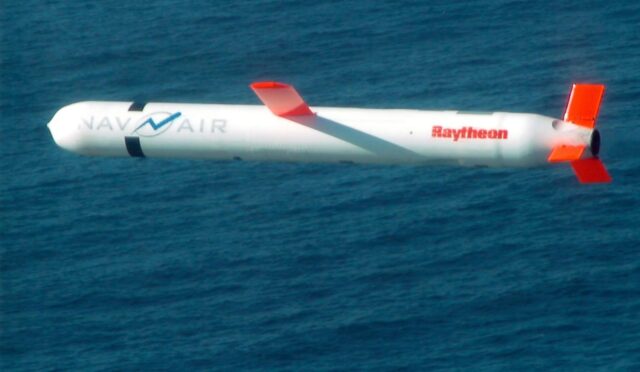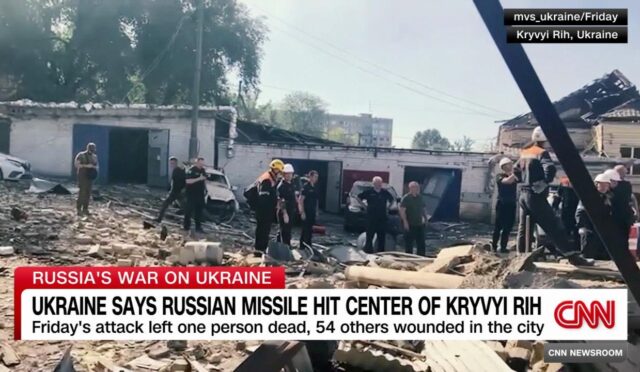Sweden Boosts Defense Budget Amid NATO Aspirations
Sweden is set to considerably ramp up its defense spending by approximately 300 billion kronor, equivalent to around $30 billion, over the next ten years. Prime Minister Ulf Kristersson unveiled this initiative on Wednesday, labeling it Sweden’s most substantial military rearmament since the Cold War. In the years following the end of the Cold War, Sweden had significantly slashed its defense budget, a trend that continued well into the early 2000s. However, the geopolitical landscape shifted after Russia’s annexation of Crimea in 2014, prompting a strategic reversal in defense policies.
The objective is clear: Sweden aims to enhance its defense spending to 3.5 percent of its GDP by the year 2030, up from the current 2.4 percent. “We are faced with a completely new security situation, and we expect uncertainties to last for a long time,” Kristersson stated, stressing the urgent need for robust national defense.
A Historic Shift in Military Alignment
After more than two centuries of military non-alignment, Sweden took a decisive step in applying for NATO membership following Russia’s aggressive actions in Ukraine. This move was solidified when Sweden officially became NATO’s 32nd member in March 2024. The Prime Minister remarked that Sweden is already on track to increase its defense spending to 2.6 percent of GDP in the near future, exceeding NATO’s current target of two percent.
Despite this progress, Kristersson conveyed that such levels of spending are still insufficient. “We believe that NATO, and particularly the European countries within NATO, must take significant steps in the coming years to enhance military readiness,” he noted, anticipating a discussion on increased expenditure targets at the upcoming NATO summit in June.
Funding and Expediency in Defense Rebuilding
Traditionally, increases in defense spending in Sweden have been accommodated through the national budget. However, Kristersson emphasized that to expedite the rearming process, additional funding through borrowing will be essential during what he refers to as a “transitional period.” Deputy Prime Minister and Energy Minister Ebba Busch echoed this sentiment, saying, “Today’s announcement encapsulates our commitment to a more expansive and expedited total defense effort, uniting both civilian and military resources.”
The context of this shift is crucial; rising global tensions and uncertainty have been heightening the urgency for greater military preparedness. US President Donald Trump’s administration had propelled European nations to reconsider their own defense postures, leading to renewed calls for increased military budgets across the continent.
Long-Term Defense Goals
Jacob Westberg, an associate professor at the Swedish Defence University, pointed out that even with the ambitious target of 3.5 percent of GDP, Sweden’s spending will still align with levels from decades past. He noted that Swedish defense expenditures in the 1950s surpassed four percent of GDP and facilitated a robust military presence, making Sweden one of the strongest military powers in Europe at the time.
Although the proposed budget increase of 300 billion kronor over a decade is significant, Westberg cautioned that rebuilding a military takes time. He explained that while immediate purchases, such as ammunition and equipment, can lead to swift upgrades in military capacity, scaling personnel numbers—part of Sweden’s long-term goal since reinstating conscription in 2017—is a much slower process.
Managing Expectations for Immediate Impact
As Sweden mobilizes to enhance its military capabilities, Westberg urged that the impact of increased spending may not be felt immediately. “You mustn’t expect these funds to translate into rapid military growth in direct correlation to the amount allocated,” he said, emphasizing the complexities involved in expanding military structures and personnel.
The commitment to bolster Sweden’s defense budget marks a pivotal moment in the nation’s military history, reflecting a response to evolving global threats and a renewed focus on collective security through NATO. As Sweden embarks on this ambitious path, the focus now shifts to implementation and the tangible effects these reforms will bring in strengthening the country’s defense posture.







